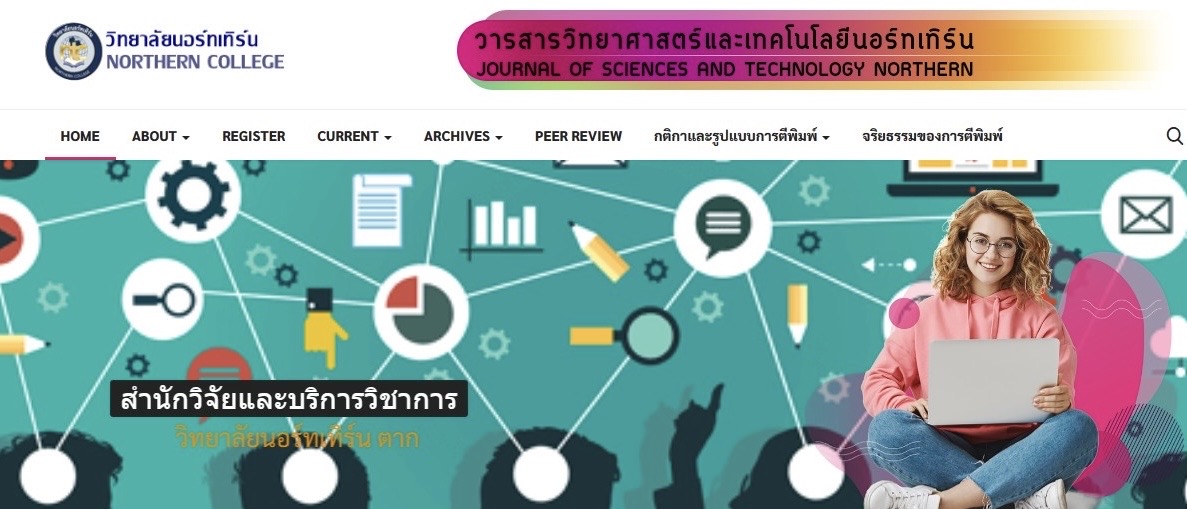Developing a physical therapy service system with tele-rehabilitation for chronic stroke patients at Banglamung hospital Chonburi.
Keywords:
Tele-rehabilitation, Activity of daily living, StrokeAbstract
Abstract
This research is a quasi-experimental study aimed at investigating the effects of physical therapy rehabilitation programs delivered via video conferencing compared to physical therapy rehabilitation programs provided at a rehabilitation clinic, using the Stroke Rehabilitation Assessment of Movement (STREAM) scale to assess movement ability. The study was conducted on chronic stroke patients at Banglamung Hospital, Chonburi Province. The target population consisted of patients who had been diagnosed with a stroke for at least 6 months. The participants were divided into two groups: one group received a rehabilitation program via video conferencing, and the other received a rehabilitation program at a rehabilitation clinic. A simple random sampling method was used to select 28 participants, including 11 females and 17 males, with an average age of 54.93 ± 11.92 years (mean ± standard deviation). The participants were divided into two groups: 14 individuals received the rehabilitation program via video conferencing, and 14 individuals received the rehabilitation program at the rehabilitation clinic at Banglamung Hospital. Both groups received physical therapy once a week for 24 weeks. Descriptive statistics were used for the analysis. The research findings revealed that there was no statistically significant difference between the rehabilitation program delivered via video conferencing and the rehabilitation program provided at the rehabilitation clinic (P > 0.05). However, the rehabilitation program via video conferencing significantly improved the movement ability of chronic stroke patients (P < 0.05).
References
เอกสารอ้างอิง
กายวิภาคศาสตร์และสรีรวิทยาสำหรับปฏิบัติการฉุกเฉินการแพทย์.//(2567).//กายวิภาคศาสตร์และสรีรวิทยา
ระบบประสาท.//สืบค้นเมื่อ 10 สิงหาคม 2567,/จาก/
สถาบันประสาทวิทยา ;/และคนอื่นๆ.//(2559).//แนวทางการฟื้นฟูสมรรถภาพผู้ป่วยโรคหลอดเลือดสมอง.//พิมพ์
ครั้งที่ 3.//กรุงเทพฯ:/บริษัท ธนาเพรส จำกัด
สมพร;/และคนอื่นๆ.//(2559).//ความน่าเชื่อถือภายในและระหว่างผู้ประเมิน ในการใช้แบบประเมิน Stroke
Rehabilitation Assessment of Movement (STREAM).//ปริญญานิพนธ์/ (สาขาวิชา).//เมืองที่
พิมพ์:/บัณฑิตวิทยาลัย/ชื่อมหาวิทยาลัย.// อัดส าเนาหรือถ่ายเอกสาร.
สมพร;/และคนอื่นๆ.//(2560,/มกราคม).//ความน่าเชื่อถือภายในและระหว่างผู้ประเมิน ในการใช้แบบประเมิน
Stroke Rehabilitation Assessment of Movement (STREAM).//Journal of Associated Medical
Sciences.//50(1): 71-86.//สืบค้นเมื่อ 10 สิงหาคม 2567,/จาก/file:///C:/Users/HP/Downloads/10.14456jams.2017.7.pdf
Khan, F., Amatya, B., & Colle, D. (2020). Telerehabilitation for chronic stroke: A review of
effectiveness and implementation. Journal of Stroke and Cerebrovascular Diseases, 29(4),
https://doi.org/10.1016/j.jstrokecerebrovasdis.2020.104527
López, M., Sáez, M., & Rodríguez, J. (2019). Comparative effectiveness of telerehabilitation versus
traditional rehabilitation for chronic stroke patients: A meta-analysis. Neurorehabilitation
and Neural Repair, 33(5), 381-391. https://doi.org/10.1177/1545968319841122
Wang, J., Xie, H., & Liu, Y. (2021). Quality of life improvement through telerehabilitation in
chronic stroke patients: A systematic review. International Journal of Stroke, 16(3), 300-
https://doi.org/10.1177/1747493020976896
Schäfer, S., Weber, M., & Braun, B. (2021). Patient satisfaction with telerehabilitation services for
chronic stroke: An observational study. Telemedicine and e-Health, 27(9), 927-933.
https://doi.org/10.1089/tmj.2020.0331
Brouwer, B., van der Wees, P. J., & de Wit, G. (2023). Engagement and adherence in
telerehabilitation programs for chronic stroke: A review of patient experiences. Journal of
Rehabilitation Research and Development, 60(2), 123-137.
https://doi.org/10.1682/JRRD.2022.10.0214
Chen, J., Wang, Y., & Zhang, L. (2022). Cost-effectiveness of telerehabilitation in chronic stroke
management: A systematic review. Health Economics Review, 12(1), 45.

Downloads
Published
How to Cite
Issue
Section
License

This work is licensed under a Creative Commons Attribution-NonCommercial-NoDerivatives 4.0 International License.






